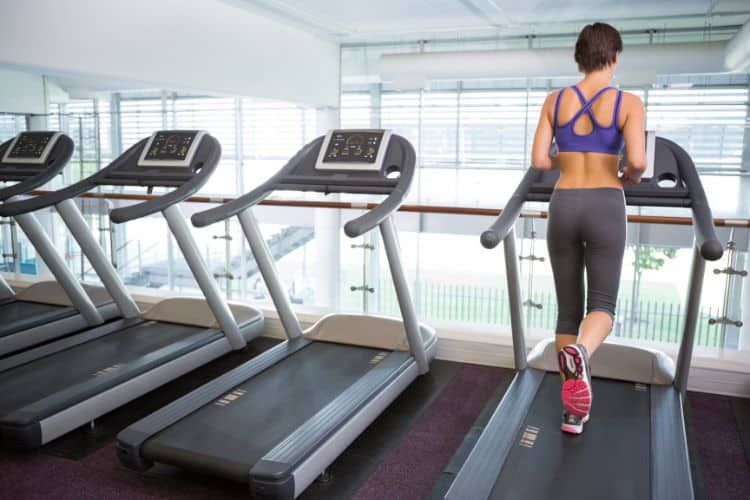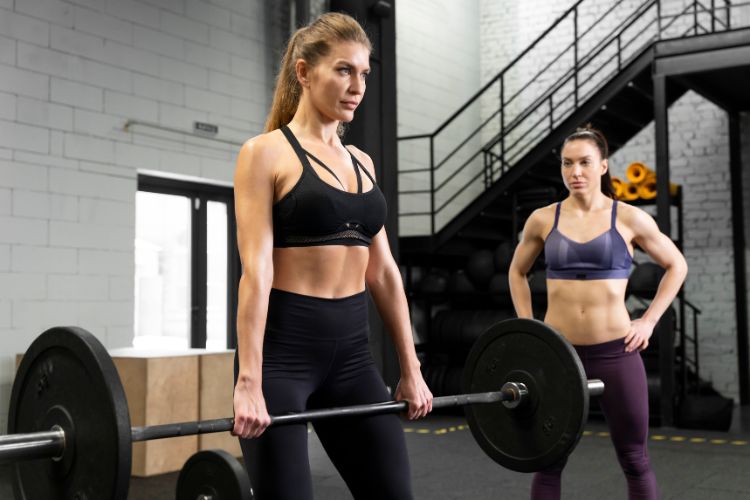Sign up for workout ideas, training advice, reviews of the latest gear and more.





When it comes to structuring an effective workout routine, the pull day is an essential component. The “pull” refers to exercises that primarily target the muscles responsible for pulling movements, such as the back, biceps, and rear deltoids. These muscles are crucial for overall strength and stability, making a pull day workout routine vital for achieving a balanced physique.
In this guide, we will delve into what a pull day workout entails, the best exercises to incorporate, and how to structure your workout for optimal results.
A pull day workout focuses on movements where you “pull” weight towards your body. These exercises predominantly engage the muscles in your back, biceps, and forearms, helping to improve posture, increase muscle mass, and enhance upper body strength.
A well-structured pull day routine provides several advantages, especially when it is part of a balanced push-pull-legs (PPL) program. Here are the key benefits:
Targeting the back and biceps helps maintain a balance between pushing and pulling muscles, preventing overdevelopment of certain areas like the chest and triceps. Muscle imbalances can lead to posture problems, discomfort, and increased risk of injury.
Strong back muscles, particularly the traps and rhomboids, play a significant role in maintaining good posture. Strengthening these muscles helps keep your shoulders pulled back and prevents rounding of the upper back.
Pulling exercises such as deadlifts and rows improve grip strength, which is beneficial for overall lifting performance and daily activities that require hand strength.
Building a strong back and well-defined biceps adds width and thickness to your upper body, giving a V-taper appearance that many people desire.
Pull exercises also contribute to overall strength, particularly in functional movements such as lifting, pulling, and carrying objects.
To maximize the effectiveness of your pull day workout, it’s important to focus on a variety of exercises that target different parts of your back and biceps. The workout should include compound lifts, which engage multiple muscle groups, as well as isolation exercises to fine-tune specific muscles.
Typically, a pull day workout is part of a three-day split:
This rotation allows for adequate rest between workouts while providing enough frequency for muscle growth.
Before jumping into the heavy lifting, it’s crucial to warm up your muscles and joints. A good warm-up increases blood flow, improves range of motion, and reduces the risk of injury.
Example Pull Day Warm-Up:
Now, let’s break down the best exercises to include in your pull day routine. We’ll cover compound movements for overall strength, as well as isolation exercises for muscle growth.
Target muscles: Lats, traps, rhomboids, lower back, and hamstrings.
Deadlifts are one of the most effective exercises for building overall strength, particularly in the back. They engage multiple muscle groups, making them a cornerstone of any pull day routine.
Target muscles: Lats, biceps, and rhomboids.
Pull-ups are a fantastic bodyweight exercise that targets the upper back and biceps. For those who find pull-ups challenging, lat pulldowns on a cable machine offer a good alternative.
Target muscles: Lats, traps, rhomboids, and biceps.
Barbell rows are an excellent exercise for building thickness in the upper and mid-back. They also target the rear delts, providing additional shoulder support.
Target muscles: Lats, traps, and biceps.
One-arm dumbbell rows are a unilateral exercise, which helps to correct muscle imbalances and improves stability. This exercise focuses on the lats while also engaging the biceps and traps.
Target muscles: Rear delts, traps, and rhomboids.
Face pulls are an isolation exercise that targets the rear delts and upper back muscles, helping improve posture and shoulder health.
Target muscles: Biceps brachii, brachialis, and brachioradialis.
Bicep curls are a staple isolation exercise for building the front of the arms. You can use a barbell, dumbbells, or even cables to perform this movement.
Target muscles: Brachialis, biceps brachii, and forearms.
Hammer curls are a variation of the bicep curl that emphasizes the brachialis and forearms, adding thickness to the upper arm.
Target muscles: Lats, traps, and rhomboids.
T-bar rows are an effective compound exercise for developing back thickness. They provide a slightly different angle than traditional barbell rows, making them a good variation.
Here’s an example of a well-rounded pull day workout:
To get the most out of your pull day routine, keep these tips in mind:
Maintaining good form is crucial, especially for compound lifts like deadlifts and rows. Avoid using momentum to lift the weights, as this can lead to injury and reduce the effectiveness of the exercise.
To see continued progress, gradually increase the weight you’re lifting over time. This principle of progressive overload ensures that your muscles are consistently challenged, leading to strength and size gains.
Muscles grow during rest, not while working out. Make sure you’re giving your body enough time to recover between sessions, especially if you’re lifting heavy.
While consistency is key, adding variation to your pull day workout can prevent plateaus and keep your workouts interesting. Consider swapping exercises every 4–6 weeks, or adjusting rep ranges to challenge your muscles in different ways.
A pull day workout routine is a vital component of any balanced training program. By focusing on back, biceps, and rear deltoids, you’ll not only build strength and muscle but also improve posture and overall physical function. Whether you’re a beginner or an advanced lifter, incorporating the right mix of compound and isolation exercises into your routine will help you reach your fitness goals.
With the right technique, consistency, and dedication, your pull day workouts can be a game-changer in your fitness journey.
Stay up to date on the latest women’s health, fitness and lifestyle trends and tips.